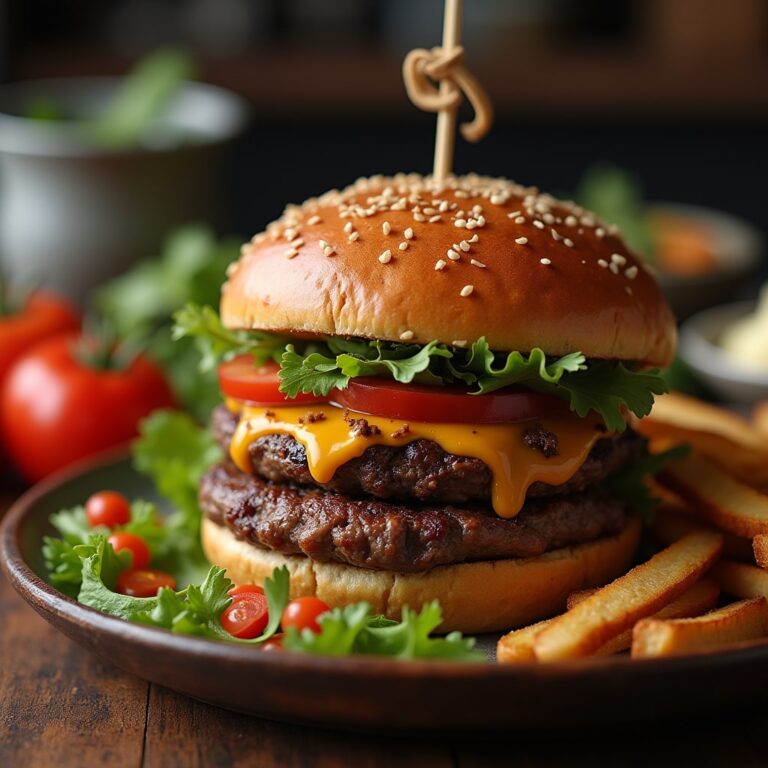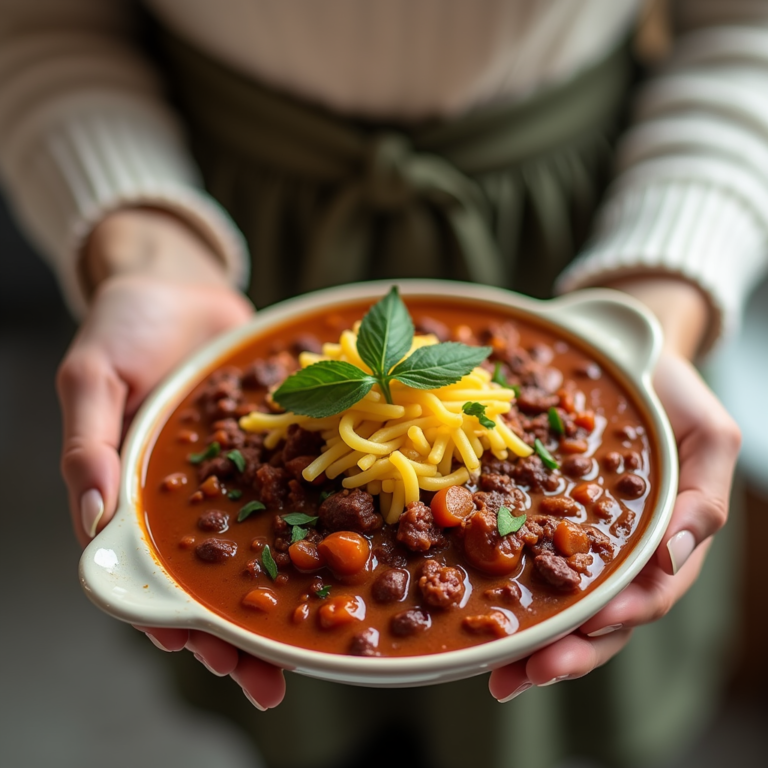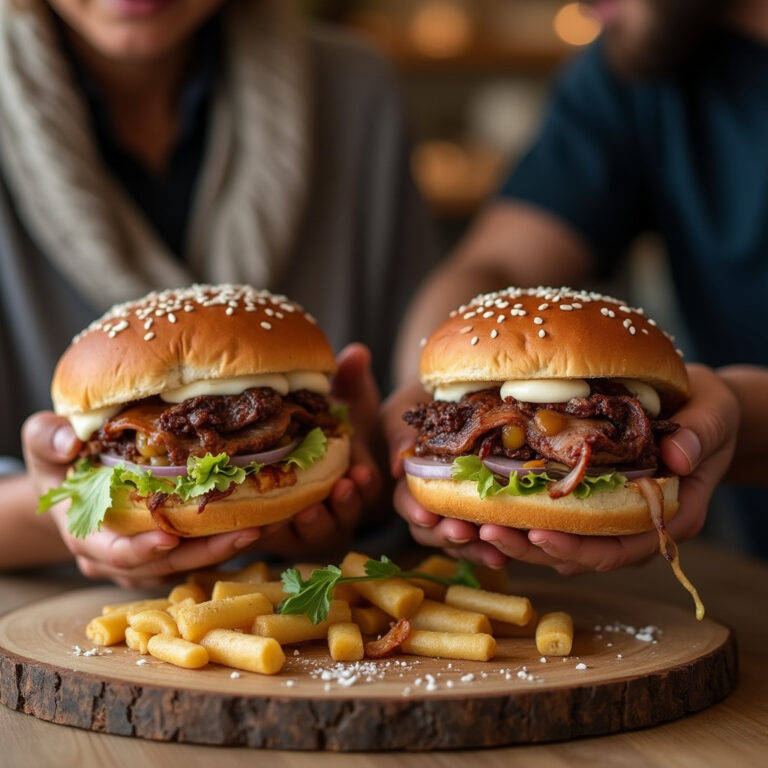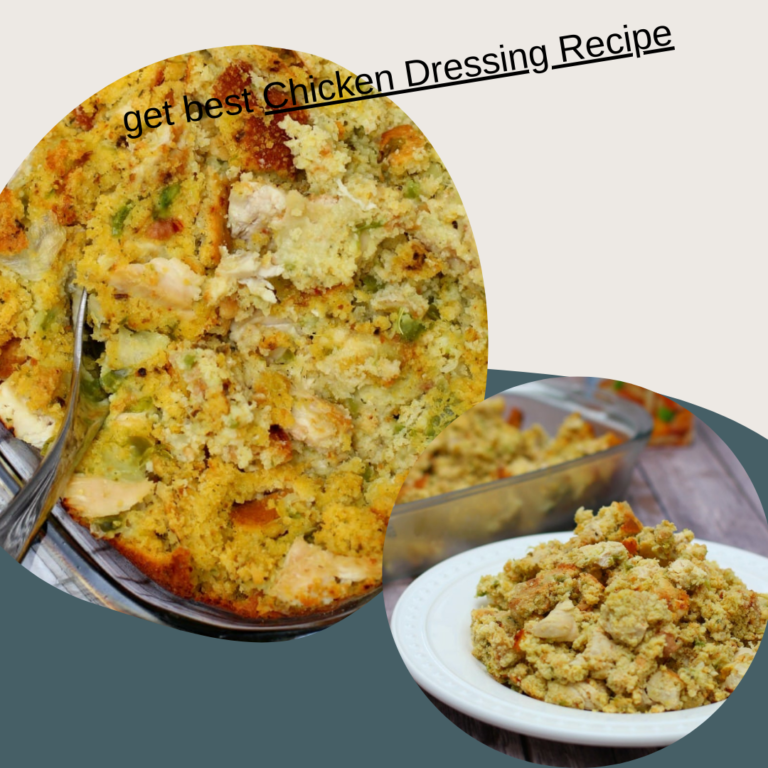How to Make Gluten-Free Pizza That Tastes Amazing”gluten-free pizza
Gluten-Free Pizza: Your Ultimate Guide to Guilt-Free Indulgence
When you think of pizza, your mind probably drifts to gooey cheese, crispy crust, and that unmistakable comfort food vibe. But for those avoiding gluten, finding the perfect slice can feel like chasing a mirage. Here’s the good news: gluten-free pizza doesn’t have to mean compromising on flavor, texture, or joy.
Welcome to a world where gluten-free pizza crust is just as satisfying as the traditional kind. Whether you’re looking to try the best gluten-free pizza recipe or whip up your own homemade gluten-free pizza, this guide is packed with everything you need to know. From crafting an easy gluten-free pizza dough to answering those pressing pizza-related questions, we’ve got you covered..
.table of Contents
- What Makes Gluten-Free Pizza Special
- Ingredients for the Best Gluten-Free Pizza Recipe
- Step-by-Step: Making Gluten-Free Pizza Dough
- Creative Topping Ideas for Your Homemade Pizza
- Answering Your Top Questions About Gluten-Free Pizza
- Final Tips for a Perfect Gluten-Free Slice
What Makes Gluten-Free Pizza Special
Let’s face it, gluten-free pizza has a reputation problem. Too often, people think it’s bland, dry, or worse, like eating cardboard. But when done right, gluten-free pizza isn’t just an alternative—it’s an upgrade.
Why? Because making homemade gluten-free pizza gives you the freedom to experiment. You get to pick the best ingredients, tweak the recipe to suit your taste, and enjoy something that feels truly yours. Plus, gluten-free pizza can be lighter on your stomach, making it a win for both taste and health.
Ingredients for the Best Gluten-Free Pizza Recipe
- Crafting the perfect gluten-free pizza starts with high-quality ingredients. Here’s what you’ll need for the crust:
- Gluten-Free Flour Blend: A mix of rice flour, potato starch, and tapioca starch works wonders.
- Xanthan Gum: Essential for binding the dough and giving it elasticity.
- Yeast: For that airy, puffy crust (but optional if you prefer thin crust)
.
– Olive Oil: Adds taste and helps maintain the dough moist.
- Warm Water: Activates the yeast and brings the dough together.
- Salt and Sugar: Enhances flavor and balances the ingredients.
Step-by-Step: Making Gluten-Free Pizza Dough

Ready to get your hands messy? Here’s how to make an easy gluten-free pizza dough that will impress even the toughest critics:
Activate the Yeast: Combine warm water and a pinch of sugar in a bowl. Stir in the yeast and let it sit for 5-10 minutes until it bubbles. This step is optional but adds a lovely rise to the crust.
Mix the Dry Ingredients: In a large bowl, whisk together your gluten-free flour blend, xanthan gum, and salt.
Combine Wet and Dry: Pour the yeast mixture (or just warm water if skipping yeast) into the dry ingredients. Add olive oil and stir until a dough forms.
Knead Lightly: Gluten-free dough is stickier than traditional dough, so don’t panic. Knead it gently until it’s smooth.
Rest the Dough: Let it rest for about 30 minutes. This allows the flavors to develop and makes rolling it out easier.
Pre-Bake the Crust: Roll the dough onto parchment paper and bake it at 425°F for 10 minutes. This helps firm up the base before adding toppings.
Creative Topping Ideas for Your Homemade Pizza
Now comes the fun part! Toppings are where your gluten-free pizza truly shines. Here are some mouthwatering ideas:
Classic Margherita: Fresh mozzarella, tomato sauce, and basil leaves.
Garden Veggie: Zucchini, mushrooms, spinach, and bell peppers.
Meat Lovers’ Dream: Pepperoni, sausage, and bacon.
Sweet and Savory: Pineapple, ham, and jalapeños.
Vegan Delight: Dairy-free cheese, roasted red peppers, and arugula.
The key is balance—don’t overload the crust. Less is more when it comes to sauces and heavy toppings.
Answering Your Top Questions About Gluten-Free Pizza
Why is gluten-free pizza dough harder to work with?
Gluten-free dough lacks the elasticity that gluten provides, so it tends to be stickier and more delicate. Using parchment paper to roll it out can make handling easier.
Can gluten-free pizza really taste as good as regular pizza?
Absolutely! The key is in the ingredients and technique. A good mix of flours and a flavorful crust recipe can make a gluten-free pizza rival (or even outshine) the traditional version.
Is gluten-free pizza healthier?
It can be. Gluten-free pizza is often easier on digestion and lower in certain carbohydrates. But like any pizza, it depends on the toppings and portion size.

Final Tips for a Perfect Gluten-Free Slice
Preheat the Oven Properly: A hot oven ensures the crust bakes evenly and gets that golden, crispy edge.
Don’t Skip the Pre-Bake: This step prevents soggy crusts and ensures a firm base for toppings.
Use Fresh Ingredients: Fresh herbs, quality cheeses, and ripe veggies make a huge difference in flavor.
Experiment: Try different flour blends or add herbs and spices to the dough for extra flavor.
Conclusion
There you have it—the ultimate guide to mastering gluten-free pizza. From making the dough to choosing the perfect toppings, it’s all about embracing creativity and enjoying the process. Whether you’re gluten-intolerant or just looking to switch things up, this homemade recipe will have you wondering why you didn’t try it sooner.
So grab your rolling pin, fire up the oven, and get ready to create a pizza that’s every bit as satisfying as the traditional kind. Because life’s too short for boring food, and everyone deserves a slice of happiness.
Tips for the Perfect Gluten-Free Pizza
Making gluten-unfastened pizza dough at home may be a piece complicated, but those tips will help you reap the best crust:
Use the Right Flour Blend: Opt for a gluten-unfastened all-motive flour that includes xanthan gum or guar gum for higher elasticity.
Don’t Skip Resting the Dough: Allowing the dough to relaxation lets the yeast set off and improves the feel.
Pre-Bake the Crust: Before including toppings, bake the crust for 5-7 mins to prevent it from turning into soggy.
Experiment with Ingredients: Try adding herbs, garlic powder, or cheese to the dough for additonal flavor.







